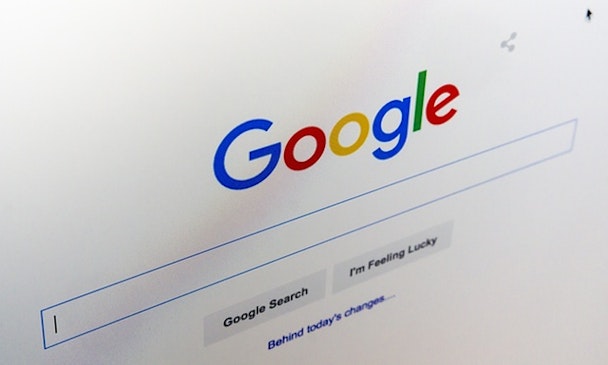Google's Customer Match: A bold step and good news for paid search
Following in Facebook’s footsteps, Google has just announced ‘Customer Match’, a tool that allows marketers to upload a list of email addresses to use when targeting ads across Gmail, YouTube and paid search on Google.

While three years late in offering the concept that Facebook introduced with its Customer Audiences in 2012, the search giant’s new product represents the biggest shift yet towards an audience-centric approach.
The move follows Google’s launch of Remarketing Lists for Search Ads in 2013. This catered for media traditionally bought based on keyword intent. For search, in particular, there has always been a strong affinity with being able to target people at the ‘right time’ – now there is a much better chance of being able to target the ‘right people’ with the new Customer Match capability that Google is introducing.
Inevitably, with any new targeting developments trumpeted beyond the industry press, there will be concerns over privacy from consumers and possibly the EU too. At a time when discussions around ad blocking are so prevalent, reading opinions about how the information will be used to 'fling more marketing guff' at people could be Google’s undoing.
On the other hand, the Customer Match development has the capacity to vastly improve ad targeting and the focus in Google’s announcement is very heavily on relevance (demonstrated by the fact that the company used the word seven times in the first four paragraphs of the blog post).
Matching rates for Facebook are advertised at around 60 per cent. With 900m Gmail accounts and an undisclosed number of users operating as 'logged in' to Google and YouTube, there are likely to be areas, such as B2B, where Gmail addresses would be less prevalent. The impact would be limited, but these are challenges familiar to those B2B marketers already working with the likes of Facebook.
Undoubtedly, Google has done the maths and the impact on the Adwords auction is highly likely to net out at more spend for advertisers. However, the virtuous circle sales pitch centres on the potential for significant improvements in acquisition efficiency for a variety of performance goals.
For those pursuing only new customers through acquisition channels, the benefits are obvious. For CRM strategies, new avenues open outside of email or direct mail and a means of catering to call centre-type queries opens up. Aftercare for customers with specific issues, provided at the point of query (similar to O2 Gurus), offers the opportunity to surprise and delight new and loyal customers. Google getting a larger slice of the CRM pie would be a happy side effect for the brand, but less so for call centre staff.
The biggest leap, but also the most disappointing part of the announcement, is the inability to use similar audiences in paid search. While the move alleviates data privacy concerns, it is a likely inflationary effect that creating in-market segments and opening them up to all search advertisers might have on generic auctions could be huge. There doesn’t seem to be anything stopping brands from buying other email lists and uploading them, adding another string to the already broad bow of the search marketer.
Similar audiences will exist for YouTube and Gmail, very much putting the former on a more competitive footing at the same time as Facebook continues to innovate in the video ad space.
So, is Google set to give Facebook a run for its money? While late to offer the tool, Google’s caution around regulatory scrutiny of its use of data is such that this still represents a bold move. Advertisers should definitely take strategic advantage of the new capability and bring a fundamental shift to how paid search is used.
Richard Lamb is vice president of paid search at iProspect UK
